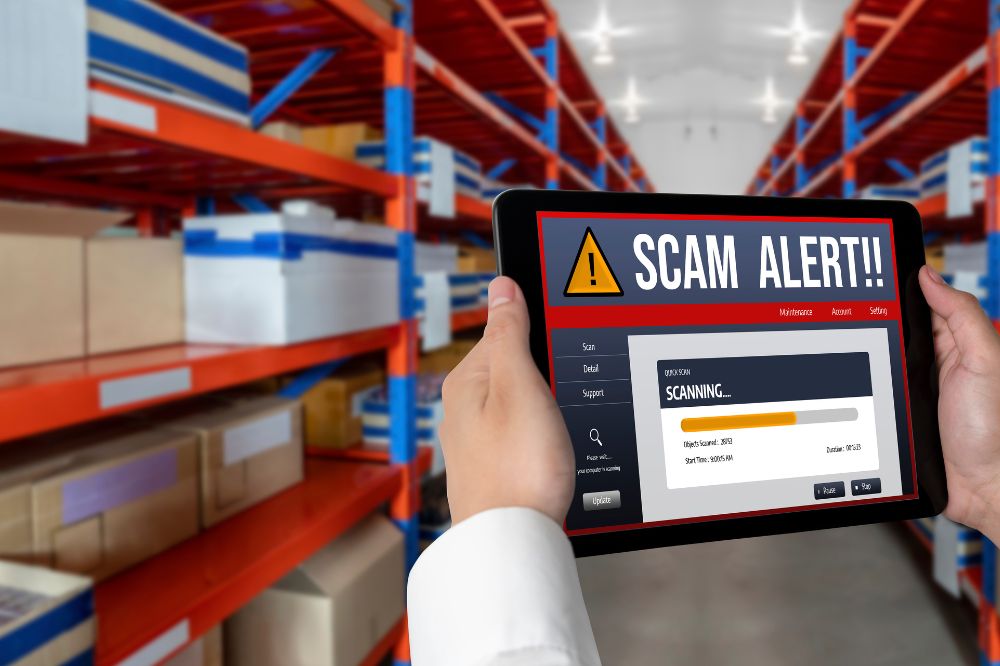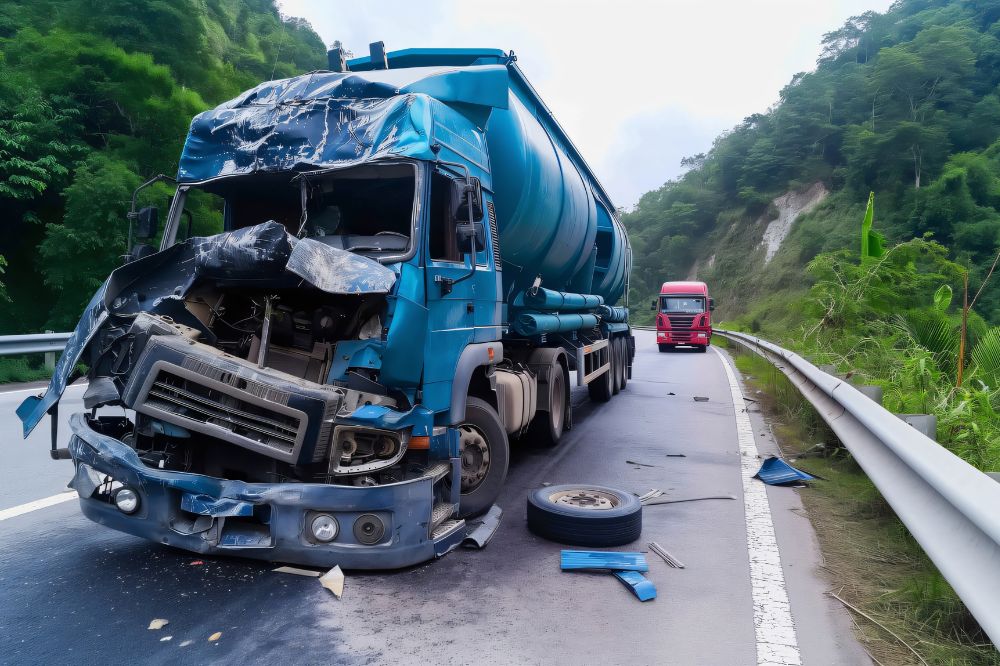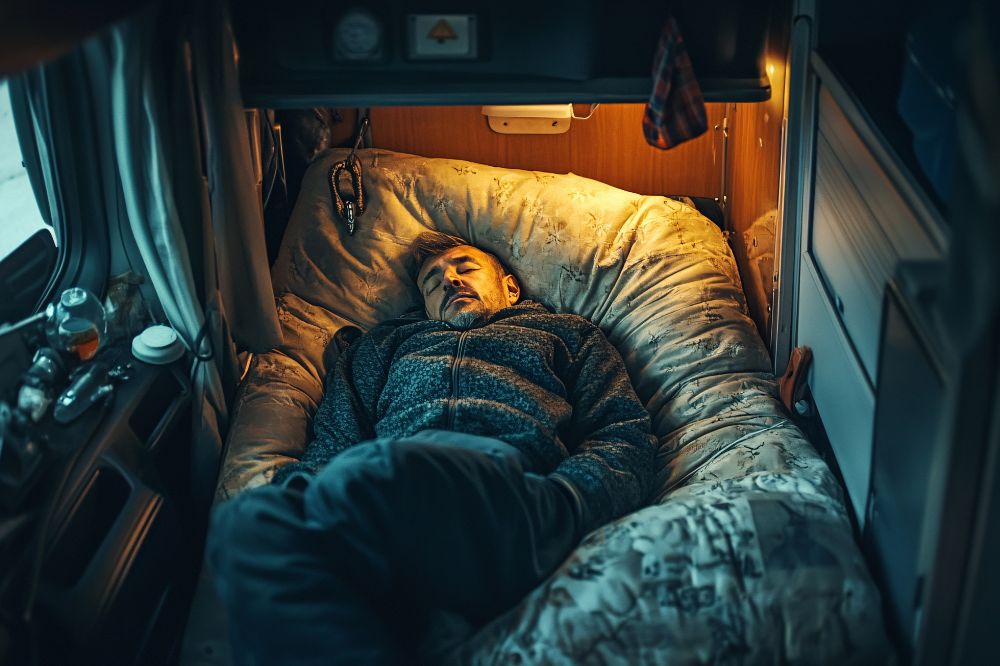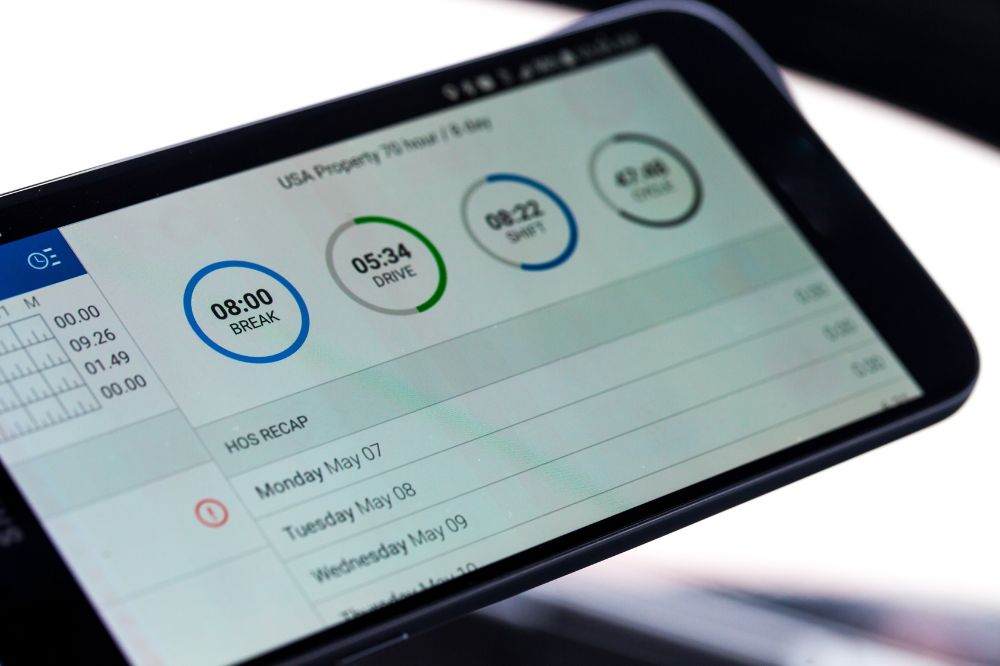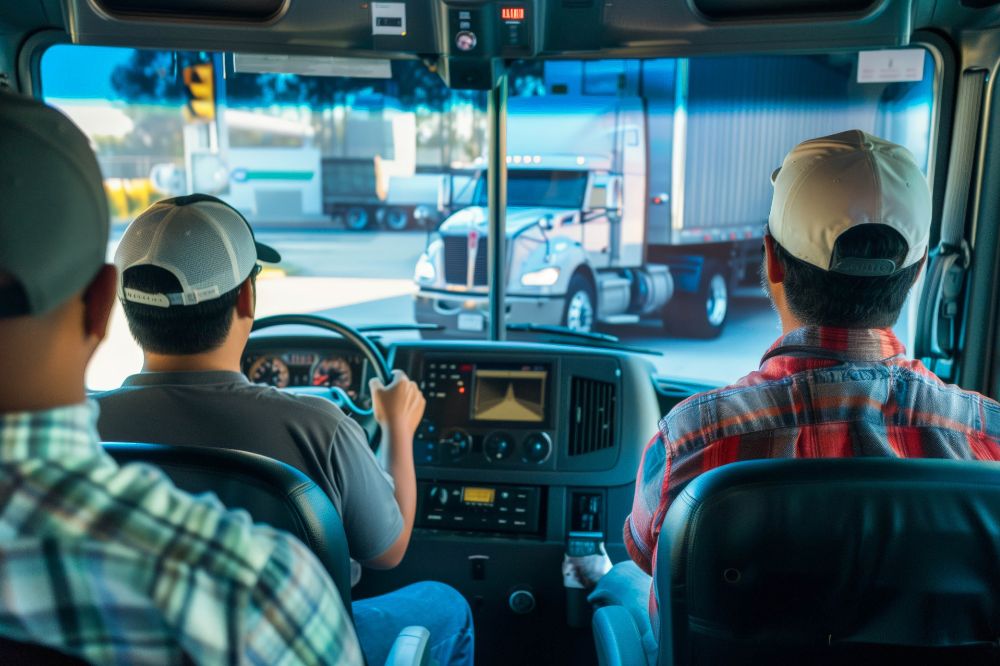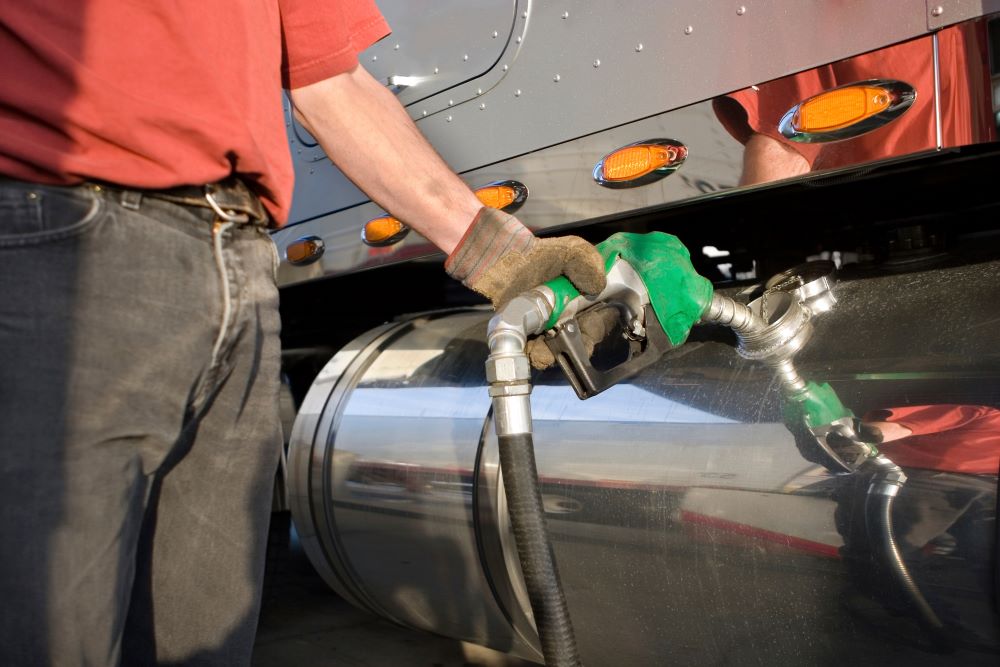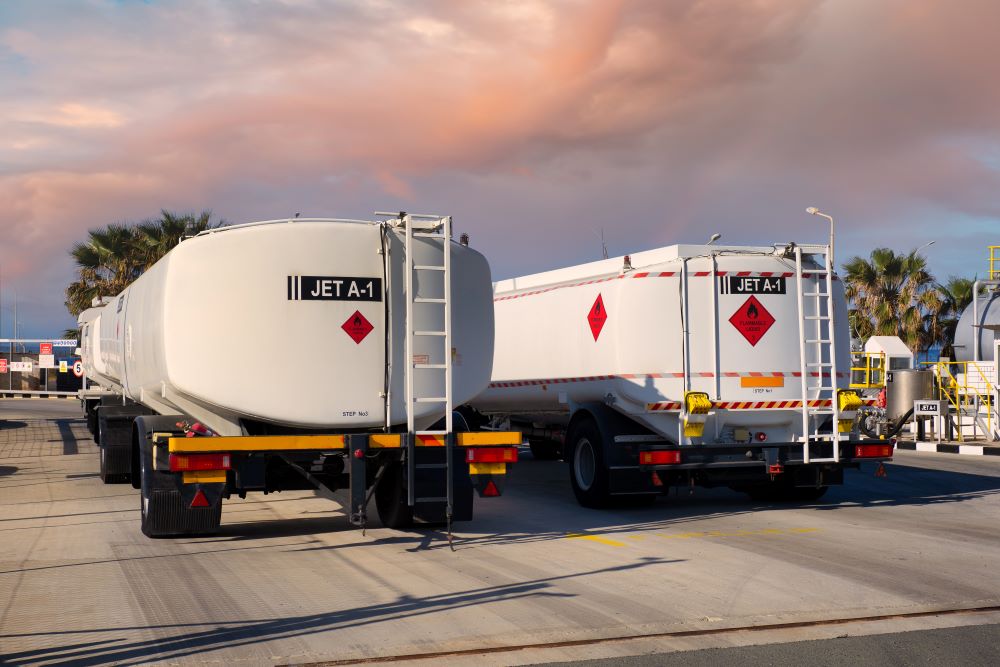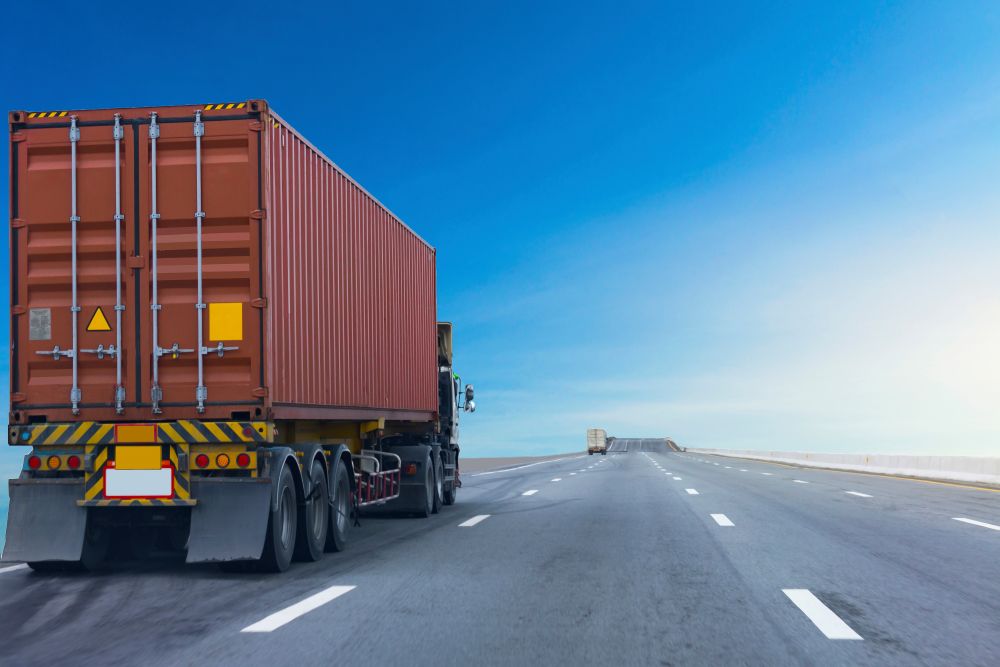
The trucking industry forecast for 2025 is a mix of challenges and opportunities.
According to ACT Research, freight growth is slowing, the US economy is cooling, and medium-duty truck production is set to decline. Overcapacity remains a major hurdle, keeping spot rates under pressure. These are some of the biggest issues in the trucking transportation sector right now.
However, investment in infrastructure, sustainability initiatives through federal and state incentives, and new regulations are reshaping the industry.
The push for zero-emission trucks is gaining momentum, and fleet operators are adjusting to the changing market conditions.
With shifting freight demand patterns and ongoing regulatory changes, trucking companies must stay agile to navigate the year ahead. Will 2025 be a year of stabilization, growth, or freight recession?
In this forecast, we’ll discuss some key trends, challenges, and growth opportunities shaping the road ahead for the trucking industry in 2025.
Key Insights into the Trucking Industry Forecast for 2025
The trucking market is constantly changing, with various regulatory and market drivers shaping the industry in 2025.
Here are some key things to expect for the year ahead.
Regulatory Changes Impacting Trucking
In 2025, the trucking industry is facing a growing landscape of federal and state regulations, all aimed at improving safety, reducing emissions, and improving driver welfare.
Stricter environmental policies are driving fleets toward cleaner technologies like electric and hydrogen-powered trucks, while new emission control measures push for lower carbon footprints and compliance with zero-emission standards.
At the same time, tighter enforcement of electronic logging device (ELD) mandates ensures accurate tracking of driver hours, eliminating outdated paper logs.
For small operators and private fleets, these changes bring steep challenges. These include rising costs to upgrade vehicles, comply with new rest and break rules, and stay competitive. Adding to the pressure, inflation and high borrowing costs makes investing in new trucking infrastructure even more difficult.

Rise of Autonomous Trucking Technologies
Autonomous trucking technology is making enormous progress in 2025, with Level 4 self-driving trucks now being tested on highways.
These vehicles have the potential to transform the industry by improving operational efficiency, reducing fuel consumption, and lowering the risk of human error-related accidents.
With autonomous technology advancing, we’re seeing more players enter the market, including well-known innovators like Waymo, Tesla, and Aurora. These companies are working with logistics providers to develop and implement autonomous trucking solutions.
However, widespread adoption is still some way away, mainly due to regulatory roadblocks, the need for infrastructure upgrades, and public safety concerns.
Autonomous trucks are expected to play a big role in addressing the ongoing driver shortage compared to rising freight demand.
Growth of Electric and Alternative-Fuel Vehicles
Electric vehicle (EV) adoption is gaining traction in the trucking sector, driven by the promise of lower operational costs and increasing government incentives for green technologies.
However, there are still challenges with electric trucks, mainly related to the lack of charging infrastructure and the limitations of battery electric technology.
As governments and truck makers move toward electric vehicles and customer contracts require sustainable transport, companies are encouraged to invest in electric trucks for short regional trips, especially medium-duty ones, where battery range is less of a problem.
Hydrogen fuel cell trucks are also emerging as an alternative. This is especially for long-haul operations, because of their faster refueling times and longer driving ranges compared to electric trucks.
Hydrogen technology is still in the early stages of adoption though, but it’s seen as a promising solution to help fleets meet zero-emission goals.
Alongside EVs and hydrogen trucks, there’s growing interest in biofuels, which offer a way to reduce emissions without needing to replace entire fleets.
Despite the higher upfront costs of these green technologies, the industry is driven by tax incentives, stricter environmental regulations, and corporate sustainability goals. These factors and market trends are pushing fleets to adopt cleaner solutions. Doing so has environmental benefits and offers long-term cost savings.

Market Dynamics and Economic Factors
From freight volume to consumer spending, there’s a lot to keep up with in the trucking market.
Here are some key trends and factors to consider in 2025.
Impact of the Inflation Reduction Act on the Trucking Industry in 2025
The Inflation Reduction Act (IRA) is fueling the future of trucking with tax credits and incentives for companies investing in electric and alternative fuel vehicles.
By lowering costs for zero-emission trucks and charging infrastructure, the IRA makes it easier to transition to clean energy fleets. Additionally, it funds highway and freight corridor improvements, reducing congestion and boosting supply chain efficiency.
Demand for Long-Distance Freight Transport
With e-commerce booming and global trade expanding, the demand for freight transport is steadily rising. However, companies struggle to keep up with fast delivery expectations amid labor shortages and soaring fuel costs.
To tackle these challenges, many are turning to intermodal transport, blending trucking with rail and shipping to boost efficiency and cut costs. At the same time, businesses are investing in logistics technology and smarter route optimization to stay ahead in an evolving industry.
Technology Advancements in the Trucking Sector
One of the major areas where significant changes are happening in the trucking industry is technology.
Innovations in Fleet Management
Fleet management software helps optimize routes, reduce fuel costs, and improves delivery times. In 2025, this software is becoming increasingly more advanced, with new tech solutions evolving.
For example, predictive maintenance uses AI to detect potential issues before they cause breakdowns, which saves money on repairs and downtime.
Advanced tracking systems monitor fuel efficiency and emissions, helping companies meet their environmental goals while cutting costs.

Data Analytics and Operational Efficiency
Real-time data allows trucking companies to make smarter decisions, from adjusting routes to managing inventory.
Big data helps predict demand, ensuring better planning and resource allocation. Enhanced supply chain transparency improves coordination between shippers, carriers, and customers, reducing delays and inefficiencies.
As the year progresses, we’ll see more trucking fleets take full advantage of these technologies.
Labor Market Analysis
As a truck driver, staying on top of the labor market is essential. Here’s what you need to know.
Current Job Market for Truck Drivers
The trucking industry continues to face a driver shortage, largely driven by an aging workforce, long hours, and high turnover rates.
As more experienced drivers retire, fewer younger workers are entering the field, discouraged by demanding working conditions and extended time away from home.
So, trucking companies are increasing wages, offering sign-on bonuses, and expanding benefits like health insurance and retirement plans. Some fleets are also improving work-life balance by adjusting schedules and ensuring drivers get more home time.
Training and Skill Development for Future Workers
To attract younger talent, the industry is investing in apprenticeships, CDL training programs, and outreach initiatives.
New trucking technologies require drivers and technicians to learn advanced skills in fleet management, vehicle diagnostics, and regulatory compliance. Upskilling programs are being developed to help existing workers adapt to these changes.
Training schools, government agencies, and trucking companies are also collaborating to create structured career paths. They’re offering financial aid and job placement support to ensure a steady pipeline of skilled workers.

Challenges Facing the Trucking Industry
The most prominent challenge facing the trucking industry in 2025 is soft economic growth. According to the ACT Freight Composite Index, we can expect a modest growth of around 1.8% year-over-year.
Beyond this modest increase in freight growth, here are some other standout challenges we can expect.
Supply Chain Disruptions
The trucking industry continues to face supply chain disruptions caused by port congestion, extreme weather events, and geopolitical tensions.
Delays at major ports slow freight movement, while hurricanes, wildfires, and floods damage infrastructure and create unpredictable delivery times.
Global conflicts and trade restrictions also impact the availability of goods and increase transportation costs. Add to that the rapidly changing political climate in the US, and trade patterns are looking very unpredictable.
Companies are diversifying their supply routes and adopting just-in-case inventory strategies to prevent shortages. Stronger collaboration between trucking firms, warehouses, and shippers is also key to improving efficiency.
Compliance with Environmental Regulations
Stricter emissions standards are pushing trucking companies to invest in cleaner technologies, but the transition comes with high costs and logistical challenges.
Many regions are enforcing zero-emission targets, requiring fleets to adopt electric or hydrogen-powered trucks. While government incentives and tax credits help offset some costs, infrastructure for charging and fueling is still limited.
To stay compliant, operators must integrate fuel-efficient practices, upgrade their older vehicles, and explore alternative fuels like biodiesel.
Opportunities for Industry Growth
Despite the anticipated challenges, interest rates, persistent overcapacity, and rate increases in recent years, there’s still plenty of opportunity within the trucking industry.
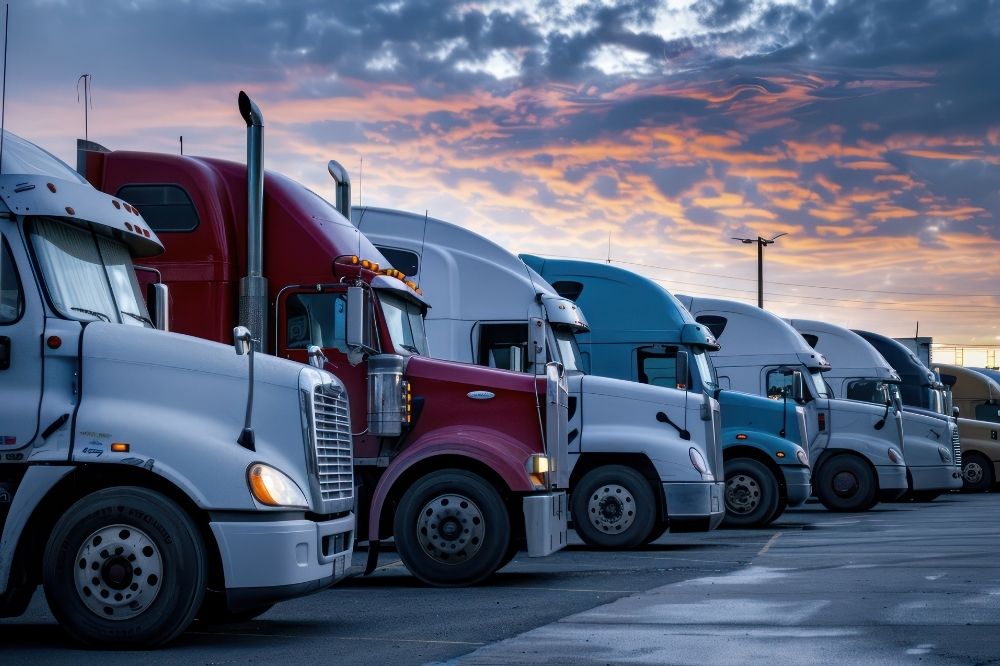
Investment in Infrastructure and Sustainability
The trucking industry is seeing plenty of growth opportunities through increased investment in infrastructure and sustainability.
Federal funding initiatives, like the Bipartisan Infrastructure Law, are directing billions toward improving roads, bridges, and freight corridors. These upgrades will help reduce bottlenecks, improve road safety, and improve overall efficiency in freight movement.
Private sector investments are also playing a big role, with logistics companies expanding warehouse networks and upgrading facilities to handle growing eCommerce demands.
As we’ve already covered, sustainability is another major focus. It brings the expansion of green logistics hubs and alternative fueling stations. The push for electric and hydrogen-powered trucks is creating a demand for widespread charging infrastructure.
Companies that invest early in clean transportation solutions will benefit from regulatory incentives and position themselves as leaders in a rapidly evolving industry.
Collaborative Efforts Among Industry Stakeholders
The trucking sector is also benefiting from stronger collaboration between shippers, carriers, technology providers, and policymakers.
Companies are making full use of digital tools like real-time tracking, AI-driven route optimization, and predictive analytics to improve efficiency and reduce costs.
This enables better coordination between supply chain players for faster deliveries and minimal disruptions.
Industry associations are also playing an important role in advocating for favorable policies, workforce development programs, and sustainable practices. Organizations like the American Trucking Associations and the Owner-Operator Independent Drivers Association (OOIDA) are pushing for fair regulations, investment in training programs, and incentives to support trucking companies in adopting greener technologies.
Collaboration between manufacturers, logistics firms, and government agencies is essential to addressing challenges like driver shortages, rising fuel costs, and compliance with environmental standards.
By working together, industry stakeholders can drive innovation, improve operational efficiency, and set up long-term growth in the trucking sector.
Conclusion
As we look ahead to 2025, the trucking industry faces an interesting period of adjustment. Slower freight growth, regulatory shifts, and evolving consumer demand will provide plenty of challenges for fleets.
With ongoing overcapacity still a challenge, many operators will focus on rebalancing and strategic investments. However, the push toward sustainability and zero-emission technologies presents a major growth opportunity. As fleets adapt to these changes, staying ahead of industry trends and securing reliable financial solutions will be crucial.
Whether upgrading your fleet or navigating new regulations, partnering with Mission Financial Services can help you thrive in 2025. Ready to take the next step? Get in touch to explore financing options tailored to your needs.


